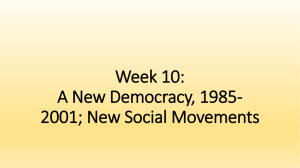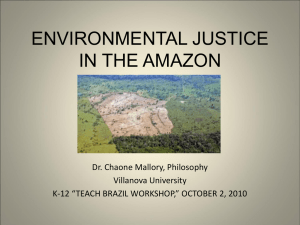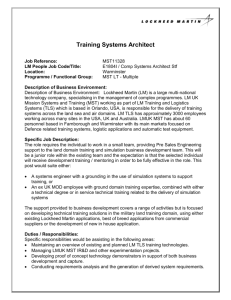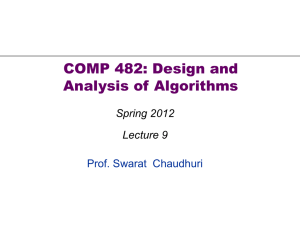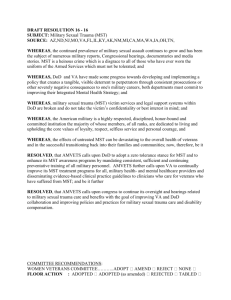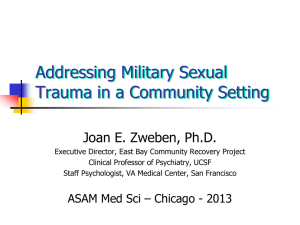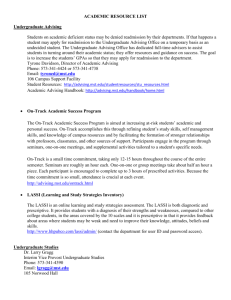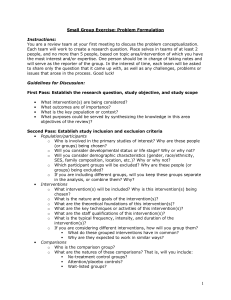Brazil`s Landless Movement Turns 25, Opens "New Phase" of
advertisement
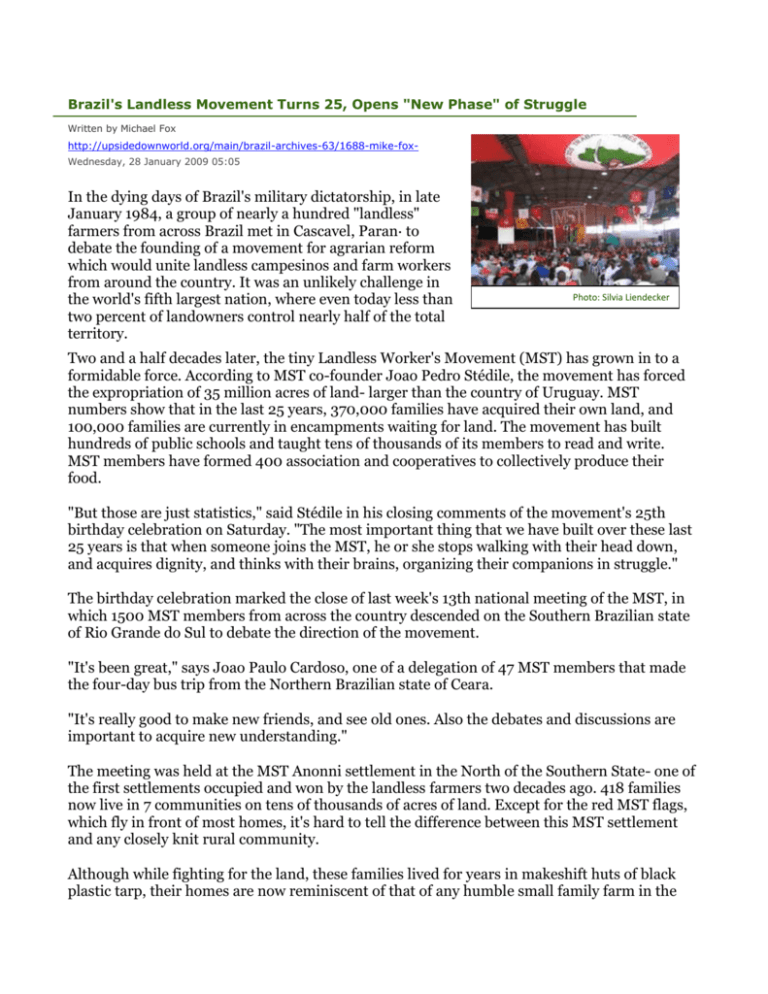
Brazil's Landless Movement Turns 25, Opens "New Phase" of Struggle Written by Michael Fox http://upsidedownworld.org/main/brazil-archives-63/1688-mike-foxWednesday, 28 January 2009 05:05 In the dying days of Brazil's military dictatorship, in late January 1984, a group of nearly a hundred "landless" farmers from across Brazil met in Cascavel, Paran· to debate the founding of a movement for agrarian reform which would unite landless campesinos and farm workers from around the country. It was an unlikely challenge in the world's fifth largest nation, where even today less than two percent of landowners control nearly half of the total territory. Photo: Silvia Liendecker Two and a half decades later, the tiny Landless Worker's Movement (MST) has grown in to a formidable force. According to MST co-founder Joao Pedro Stédile, the movement has forced the expropriation of 35 million acres of land- larger than the country of Uruguay. MST numbers show that in the last 25 years, 370,000 families have acquired their own land, and 100,000 families are currently in encampments waiting for land. The movement has built hundreds of public schools and taught tens of thousands of its members to read and write. MST members have formed 400 association and cooperatives to collectively produce their food. "But those are just statistics," said Stédile in his closing comments of the movement's 25th birthday celebration on Saturday. "The most important thing that we have built over these last 25 years is that when someone joins the MST, he or she stops walking with their head down, and acquires dignity, and thinks with their brains, organizing their companions in struggle." The birthday celebration marked the close of last week's 13th national meeting of the MST, in which 1500 MST members from across the country descended on the Southern Brazilian state of Rio Grande do Sul to debate the direction of the movement. "It's been great," says Joao Paulo Cardoso, one of a delegation of 47 MST members that made the four-day bus trip from the Northern Brazilian state of Ceara. "It's really good to make new friends, and see old ones. Also the debates and discussions are important to acquire new understanding." The meeting was held at the MST Anonni settlement in the North of the Southern State- one of the first settlements occupied and won by the landless farmers two decades ago. 418 families now live in 7 communities on tens of thousands of acres of land. Except for the red MST flags, which fly in front of most homes, it's hard to tell the difference between this MST settlement and any closely knit rural community. Although while fighting for the land, these families lived for years in makeshift huts of black plastic tarp, their homes are now reminiscent of that of any humble small family farm in the Midwestern United States. Most have an automobile, and farming equipment- which they share -like a tractor or a combine. Each family has about fifty acres of land to farm. A dozen families on the settlement have for many years been farming and selling their products collectively through their local cooperative. "See those folks over there?" says Miguel Carter pointing out a group of people fifty feet away, "They're founders of the movement. When I met them they didn't have anything, and now their daughter is studying medicine in Cuba." Carter is an American University professor who has studied the MST for more than two decades, and who attended the 25-year anniversary celebration over the weekend. Photo: Silvia Liendecker "The MST has become the most sophisticated and the largest and the most energetic of all the social movements that have flourished in Brazilian society… but they have to permanently do it against a really steep hill." Says Carter. While Brazilian law states that unproductive land may bought by the Brazilian government and distributed to landless farmers through Brazil's Agrarian Reform Institute (INCRA), large landowners have violently defended their properties. To counter the MST "threat", landowners formed their own organization, the Rural Democratic Union (UDR) in 1985. According to Brazil's Pastoral Land Commission (CPT), dozens of campesinos are assassinated each year across Brazil. In Rio Grande do Sul, under the conservative governorship of Yeda Crusius, the state police force has also been cracking down on the movement. Last June, the state Justice Department called for the disbanding of the movement throughout the state. The repercussions were felt even at the event, where a police helicopter kept vigil over the meeting, and the Rio Grande do Sul Justice Department and Department of Investigation erected a barricade on the road in to the Anonni settlement, where they controlled entry in to the event by inspecting names, cars and belongings. Photo:Sílvia Leindecker "On top of the state military brigade here watching us, they also put a battalion of shock troops over there to protect the area of Monsanto." Said Stédile. The reference is a sign of things to come. Changing Times In a press conference on Friday, MST leader Marina dos Santos warned landowners that in 2009, they would be "intensifying (their) struggle for agrarian reform." But she also admitted that their "struggle for land, is much more difficult, because it is not just against the landowner, but a multinational corporation, and this means that there is no space for land distribution and agrarian reform." At this year's conference, MST members ratified that they are now primarily fighting against the multinational agro-industry. "We spent many years struggling against the large landowners alone, because we believed- and we believe -that the latifundio is the principle cause of the poverty and inequality in the rural area," said Stédile on Saturday. "But over the last few years, capitalism has transformed itself and dramatically altered the model of agricultural production in the world, and in our country. Now, because of this new dominance of financial capital, large multinational corporations indirectly control the land, the production, the seeds, and the agricultural riches." Over the last ten years, the agroindustry in Brazil- led by US companies, Cargill, Bunge, ADM, and Monsanto -has grown by bushels. The Minnesota-based Cargill is the largest agribusiness in the world. According to Brasil de Fato, in Brazil, in 2005 alone, Cargill had a gross income of more than $4 billion. With the biofuel "revolution", ethanol production has increased. In 2008, sugar cane plantations in Brazil grew by 14%, to more than 17 million acres in production. Monsanto controls a healthy chunk of the Brazilian chemical pesticide and Geneticallymodified (GMO) seed market. Even on the Anonni settlement, many residents have been forced to use Monsanto pesticides and cultivate genetically-modified soy because of marketability and constant seed contaminations from nearby farms. Last week, Jorge dos Santos, one of the founders of the Anonni settlement pointed out where crop dusting from the neighboring plantation had killed part of his garden. In order to counter the growth of the agroindustry, the MST declared last week that they are entering "a new phase." "It's not just about acquiring one farm here and there. That's still important, but it's not sufficient," says Stédile, who called for "grassroots agrarian reform", but stated that it "cannot be carried out by the landless alone." In what could mark a notable shift in their organizing strategy, MST leaders announced they will be building Photo:Sílvia Leindecker alliances with Unions, activists and progressive leaders in both the countryside and in the cities across Brazil, in order to create a united front against the agroindustry and "neoliberalism." "Changes in the economic model are only possible in Brazil, if we can join with all of the union federations, with all of the Leftist parties, with all of the activists that want changes for the country," said Stédile.
